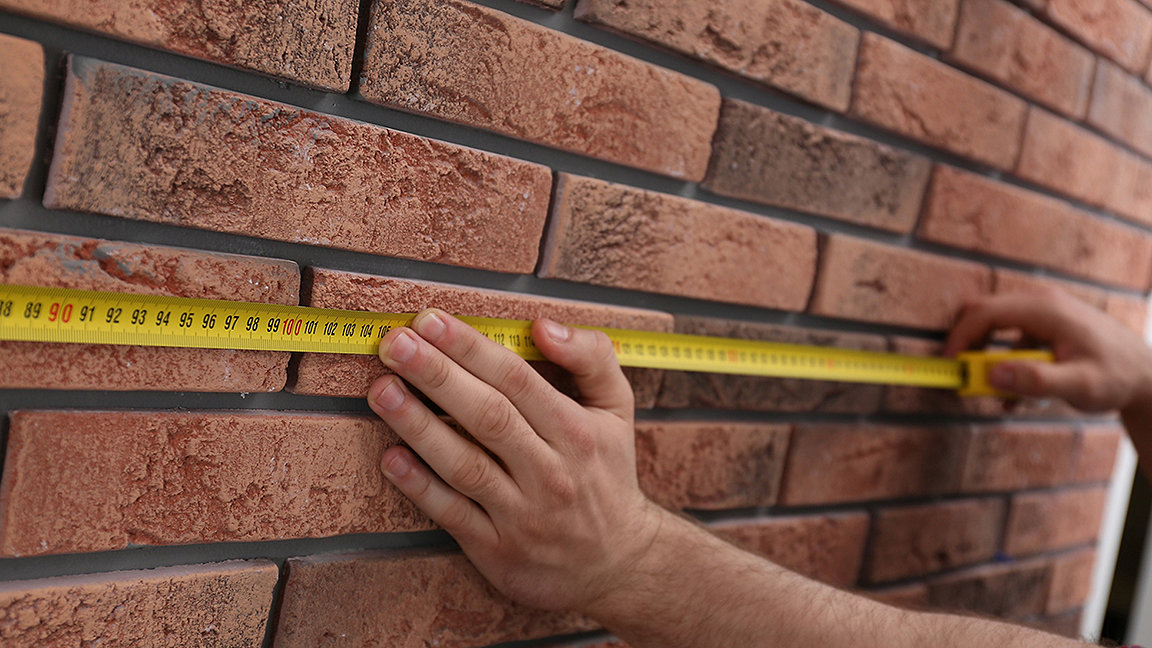
Over the past 20 years in my capacity as a measurement surveyor specialising in property area measurements, I have often been provided with building measurements by clients who are none the wiser as to when or how these have been calculated, or even by whom.
The property information they hold can be incomplete or contradictory, with different systems containing differing data about the same property or individual demise.
Data can be out of date too, and not revised as demises and tenancies change. For instance, I have been asked to compare my own measurements with historic information that ends up being a mere figure in a file with no supporting information.
This makes identifying differences in building measurements very difficult, sometimes not knowing which measurement standard has been used or what the state of the building was.
One of the key aims of the International Property Measurement Standards (IPMS), therefore, is to enable consistency and transparency in reporting. As the standards have evolved over the past decade so has the best practice guidance, which can be used for all measurement standards.
New standards clarify best practice
The recently published IPMS: All Buildings, introduced in a previous article, details such best practice for users. As these new standards cover all assets, they have not prescribed which measurement should be used for which class, as the coalition expects member organisations to provide guidance in this matter. It may be that they adopt the measurement most closely linked to the standard they use now.
IPMS: All Buildings enables users to measure and report the area of any building, from a barn to a penthouse apartment. To comply, users should choose an appropriate measurement methodology and computing processes for calculating the areas of the specified building; the data should also satisfy the client's requirements and the purpose for which the measurement is to be used.
For example, if a facilities manager is costing to resurface a basement car park, the use of a trundle-wheel may be sufficient. This approach, however, would not be suitable for a building owner looking to calculate the area of high-value office premises to rent out floors to new tenants, where greater accuracy and detail is necessary.
The method of measurement and the tools used can differ, and you will get a different result in the calculated area with a trundle-wheel than with laser scanning technology.
Neither approach is wrong, but documenting the methodology ensures users now and in the future can understand how information has been collected. This is especially important if it will be compared with future measurements of the same space.
IPMS: All Buildings also states that measurements should be supported by drawings that, if possible, are computer-generated. However, this may not be practical for users who do not have access to CAD software, in which case surveyors can use any plans of the property, hand-drawn if necessary, annotated with dimensions.
Providing annotated plans follows best practice by allowing other users to check for themselves on site what has been measured and included or excluded from the IPMS measurement.
Documenting the standard adopted – which is most important at this time of change from the use of previous measurement standards – means users are clear on how the measurement has been made, whether following IPMS or another existing standard.
Context helps give a clearer, consistent picture
To provide transparency, buildings or selected areas are to be reported on a floor-by-floor basis. This ensures that measurements are not just figures in a file, and that users understand the breakdown of the areas in a building.
For consistency's sake, when reviewing area measurements from different jurisdictions, IPMS adopts level 0 as the ground-floor entrance level. If there is more than one such entrance – for instance because the building is on a sloping site – level 0 represents the main entrance. Floors above are described as levels 1, 2 and 3 while floors below are levels –1, –2 , –3 and so on.
A key part of adopting and using IPMS: All Buildings is to report the measurements alongside the area calculated to an existing standard; this is referred to as dual reporting. Those preparing the report should reconcile the IPMS measurement with that calculated using the other standard, and the latter must be appropriately cited.
Much of the guidance may seem to be common sense, however it provides first-time users of measurement standards a basis for the way measurement is carried out and reported. The purpose of this best practice document is simply to ensure that those using the information in the future understand the information you have recorded today.
They need to know which standard you used, how and when you collected the data, what the extents of the survey were, and what specific measurements were taken.
Even if you are measuring a property using an existing standard, following the best practice laid out in IPMS: All Buildings will instil more confidence in those using the measurements reported, as they will have a clearer picture on the who, what, where, when and why of the information being presented.
Use of IPMS
RICS members are expected to advise their client or employer on the benefits of using IPMS. However, it is understood that IPMS is not suitable in all circumstances and in these circumstances RICS members must document the reason for departure.
Accuracy
It is the responsibility of RICS members and RICS regulated firms to adopt appropriate measuring and computing processes so as to satisfy the requirements of clients and users. These requirements can range from a very broad approximation of measured area for some temporary purpose to a precise area calculation for contractual or other reasons.
Professional requirements apply to all measurements
RICS members or RICS-regulated firms are reminded of their overarching ethical and competence obligations under the RICS Rules of Conduct, and more specifically those in the current editions of RICS Property Measurement, UK Commercial Real Estate Agency and UK Residential real estate agency, as appropriate, in relation to the provision of professional advice to clients involving measurements.
In regulatory or disciplinary proceedings, RICS will take into account relevant professional standards when deciding whether a member or regulated firm acted appropriately and with reasonable competence. It is also likely that during any legal proceedings a judge, adjudicator or equivalent will take RICS professional standards into account.

